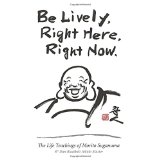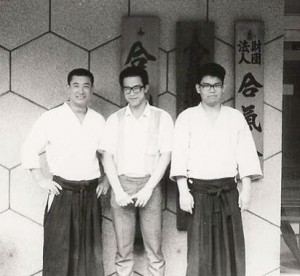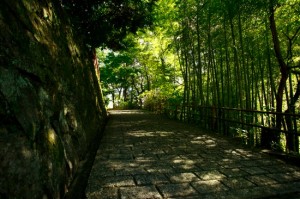Bamboo Lane
It is as much a part of his daily ritual as practicing the martial arts he teaches at the Aikido Center of Los Angeles. Every day at about 4 p.m. Kensho Furuya washes down the narrow loading dock of the 100-plus-year-old sugar warehouse that he has converted into his samurai dojo. He's also transformed the dock itself with bamboo architectural elements, river rocks and lush foliage.
When his students arrive, he says, "the leaves and stones are wet and clean, creating a sense of calm--like walking in the mountains by a stream." The garden is a physically and mentally refreshing transitional space "to welcome the guest from the outside world to the school."
Furuya's goal was to emulate Kyoto-style gardens "that bring you closer to nature." At just 6 feet wide, the connection is inevitable. Emerald ferns, spider plants, azaleas and impatiens thrive in the shadow of nandina, towering bamboo, pomegranate and Ficus benjamina. Asian ceramics and black plastic nursery pots share space with redwood planters--"humble materials," Furuya explains.
Visitors enter under a Japanese sign that announces Furuya's dojo as the Retreat of the Untalented One. Posts, crossbeams and small ornamental gates define the space. Paving stones made of concrete and pebbles create a slender walkway, bordered by polished rocks "representing a stream" and leading to a circular stone that "stands for completion," says Furuya. "It makes people more aware of their feet, and symbolizes that it is a narrow path to success."
A Los Angeles native, Furuya was an early settler in the downtown Arts District. "In 1984 it was just dirt and asphalt, and when I added this greenery residents protested, saying it didn't look downtown." Now the area is filled with small gardens. "Occasionally I will come out to putter and find people standing in the garden," Furuya says. "I wonder, 'Who is that?' Sometimes it's a Japanese person who is homesick, sometimes it is a commuter from Orange County who just wants a moment of peace."
Source: http://articles.latimes.com/2006/mar/12/magazine/tm-loftgardens11









